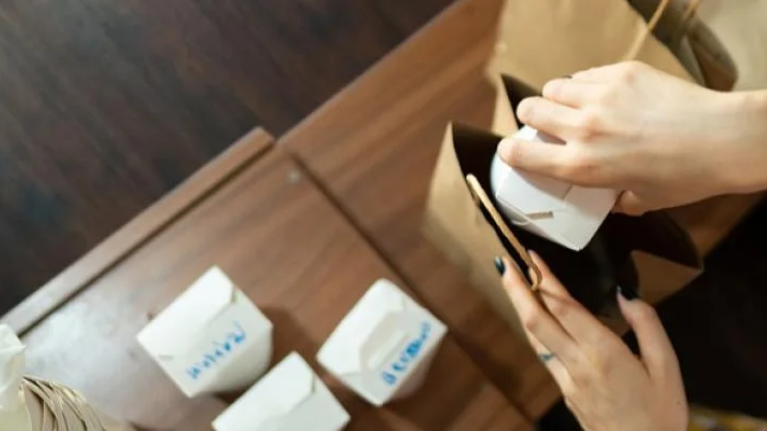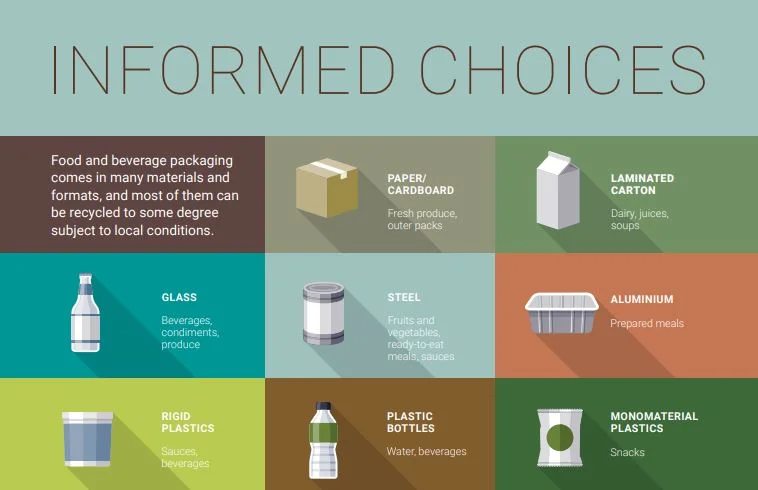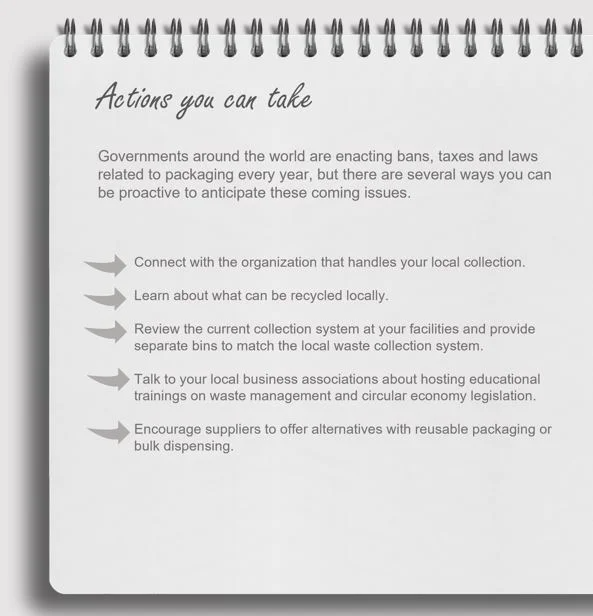
If you’re new to recycling, a great place to start is by checking your local regulations, guidelines and infrastructure to see what kinds of materials you can and can’t recycle. Then you can train your staff accordingly on how to minimize waste in your day-to-day operations.
In many cases, you can also find partners to help you accomplish your goals. Try searching for local groups, industry networks or NGOs that are focused on sustainability, and ask your suppliers and other food industry workers to share their ideas.
Because some materials are easier to recycle than others, experts have proposed The Golden Design Rules1 which suggest ways to increase the circularity of packaging and create significant value for the industry and wider system.
Each of the Golden Rules is aligned to a specific objective, such as the elimination of problematic or unnecessary packaging.
The rules encourage, where possible, avoiding the use of PVC, PVDC and PS as they can contain problematic elements that can disrupt the recycling of some other plastics. It is also recommended that excessive headspace in flexible packaging be reduced along with overwraps.
These reduction efforts, along with others, can help reduce the demand of virgin plastic and the amount of plastic placed on the market.
If you want a deep dive into plastics, consult these additional resources:
- New Plastics Economy : https://ellenmacarthurfoundation.org/thenew-plastics-economy-rethinking-the-futureof-plastics
- Global Plastic Action Partnership : https://www.globalplasticaction.org
- Plastics PACTS : https://ellenmacarthurfoundation.org/theplastics-pact-network
Sources:
1 The Consumer Goods Forum: Golden Design Rules

